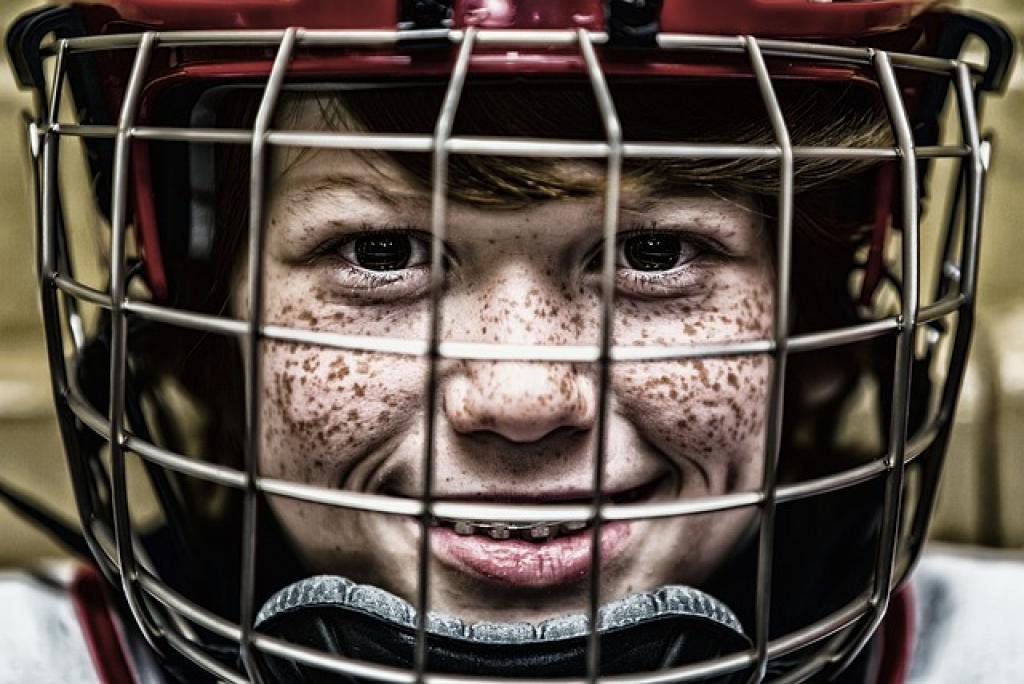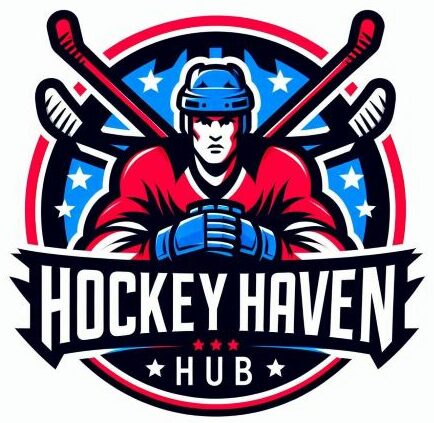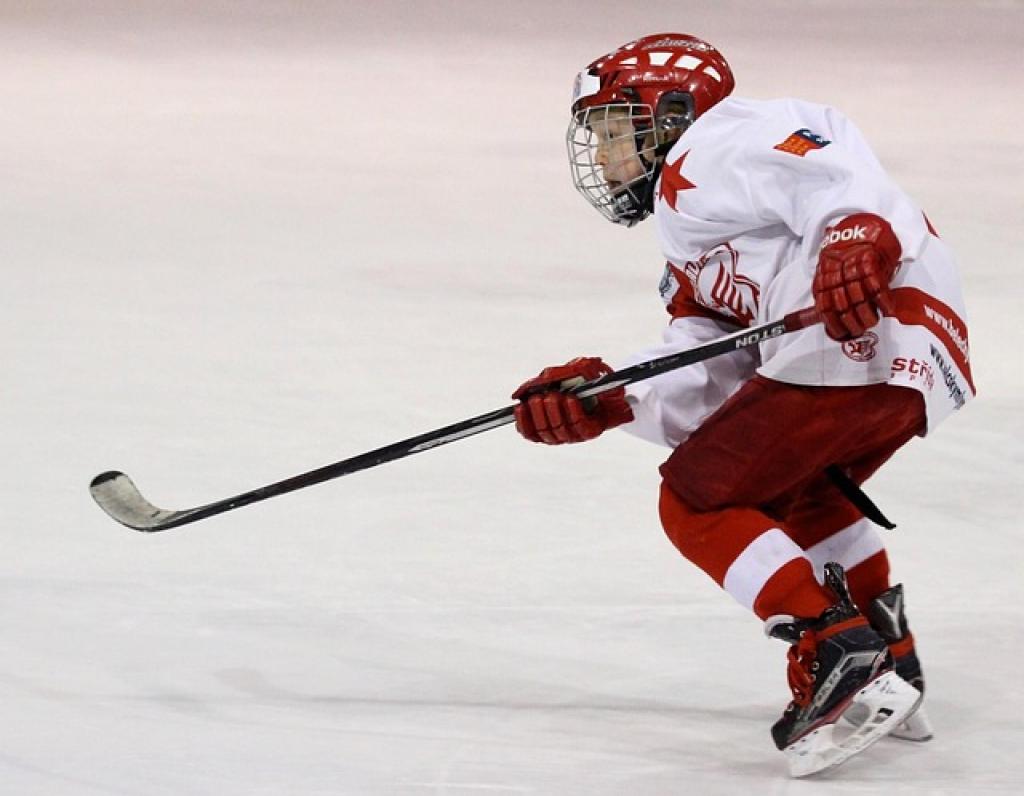Are you a hockey enthusiast looking to up your game and take your team to victory? Understanding the best hockey formations is crucial for success on the ice. In this comprehensive guide, we will explore the top strategies to help you dominate your opponents. From classic formations to innovative tactics, we’ve got you covered.
The Importance of Formations in Hockey
Formations play a vital role in the overall strategy of a hockey team. They dictate player positioning, movement, and roles on the ice. By deploying an effective formation, teams can control the flow of the game, create scoring opportunities, and defend against their opponents.
Classic Formations: Understanding the Basics
1. The 2-1-2 Formation
The 2-1-2 formation is a classic setup that divides players into two forwards, one center, and two defensemen. This formation is versatile and allows for strong offensive pressure while maintaining defensive stability. By utilizing this formation, teams can establish a strong forecheck and maintain a strong presence in both the offensive and defensive zones.
2. The 1-3-1 Formation
The 1-3-1 formation is another popular choice among hockey teams. In this setup, one forward leads the offensive charge, supported by three players forming a triangle in the middle, and one defenseman at the back. The 1-3-1 formation is known for its ability to generate scoring chances and maintain puck possession in the offensive zone.

Advanced Strategies: Innovating Your Game
1. The Overload Formation
The overload formation is a strategic approach that focuses on overwhelming the opponent in a specific area of the ice. By creating numerical advantages in key areas, teams can open up passing lanes, create shooting opportunities, and disrupt the opposition’s defensive structure. The overload formation requires quick puck movement and player coordination to be effective.
2. The Cycle Formation
The cycle formation emphasizes continuous movement and puck control to wear down the opposing team’s defense. Players move in a circular pattern, passing and cycling the puck along the boards to create scoring chances. The cycle formation requires strong communication and teamwork to maintain possession and generate scoring opportunities.
Tips for Implementing Effective Formations
Communication is Key: Ensure that all players understand their roles and responsibilities within the formation. Clear communication on the ice is essential for executing strategies effectively.
Practice Makes Perfect: Regularly practice different formations during training sessions to familiarize players with various tactical approaches. Repetition and drills can help improve execution during games.
Be Adaptive: Stay flexible and be prepared to adjust formations based on the flow of the game and the opponent’s tactics. The ability to adapt quickly can give your team a competitive edge.
The Bottom Line
In conclusion, mastering hockey formations is essential for achieving success on the ice. By understanding the principles behind different setups and strategies, teams can enhance their performance and outsmart their opponents. Whether you prefer classic formations or are looking to innovate your game with advanced tactics, finding the right strategy that suits your team’s strengths is key to victory on the hockey rink. So, lace up your skates, hit the ice, and dominate the game with your newfound knowledge of the best hockey formations strategy.

